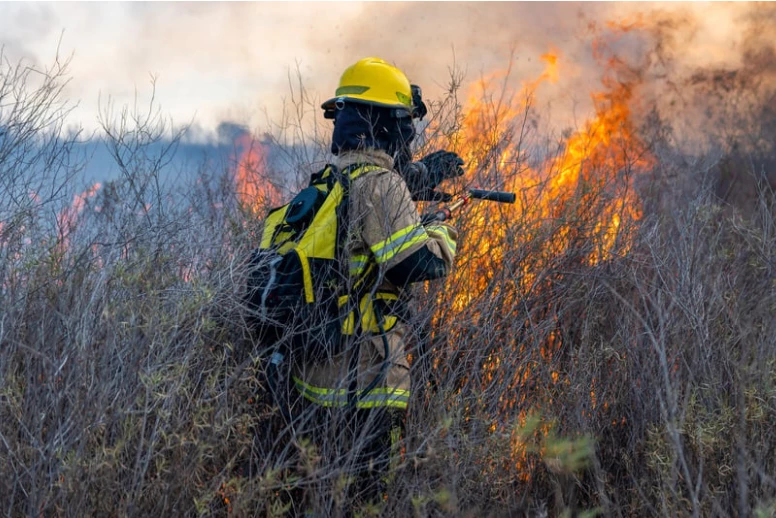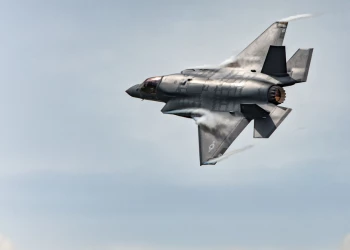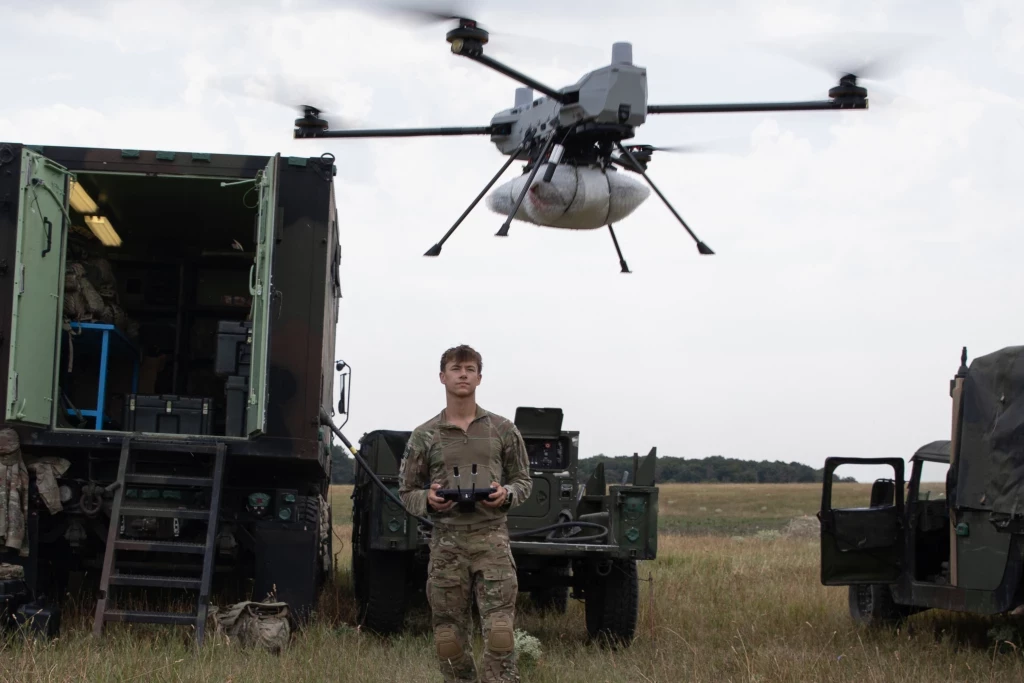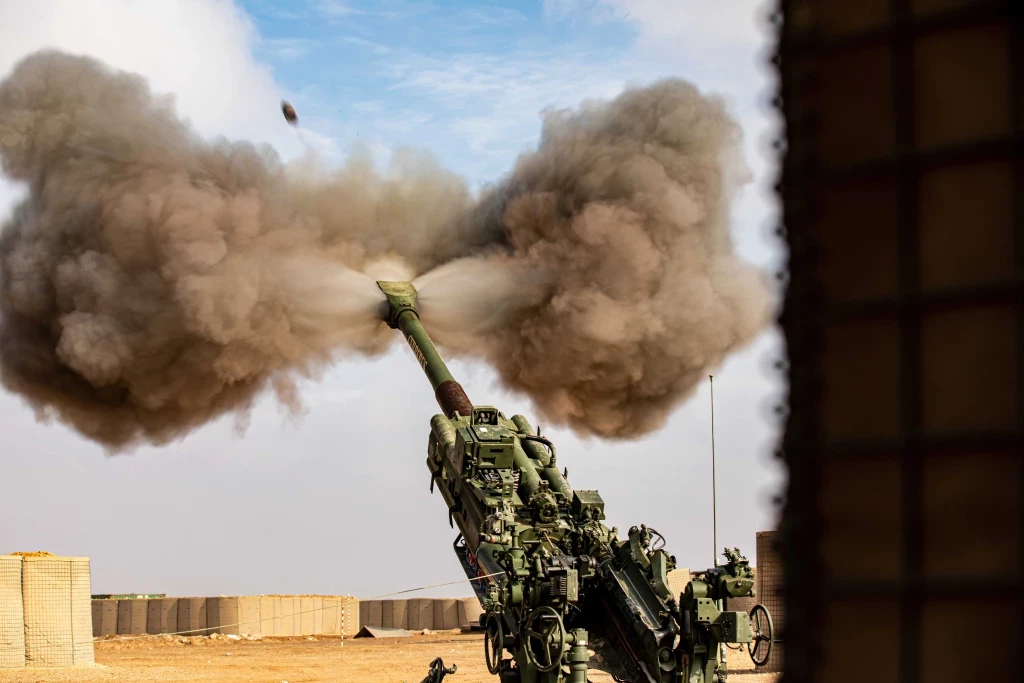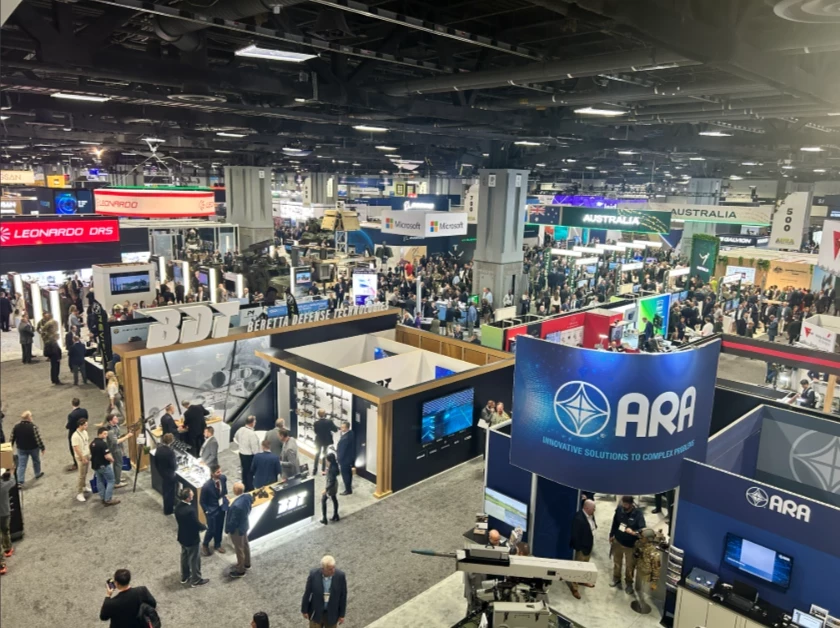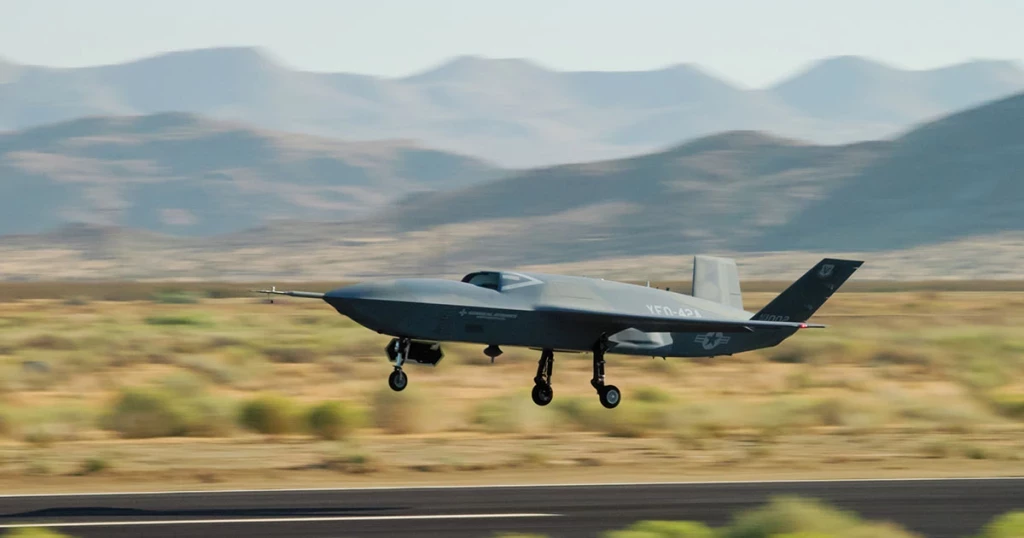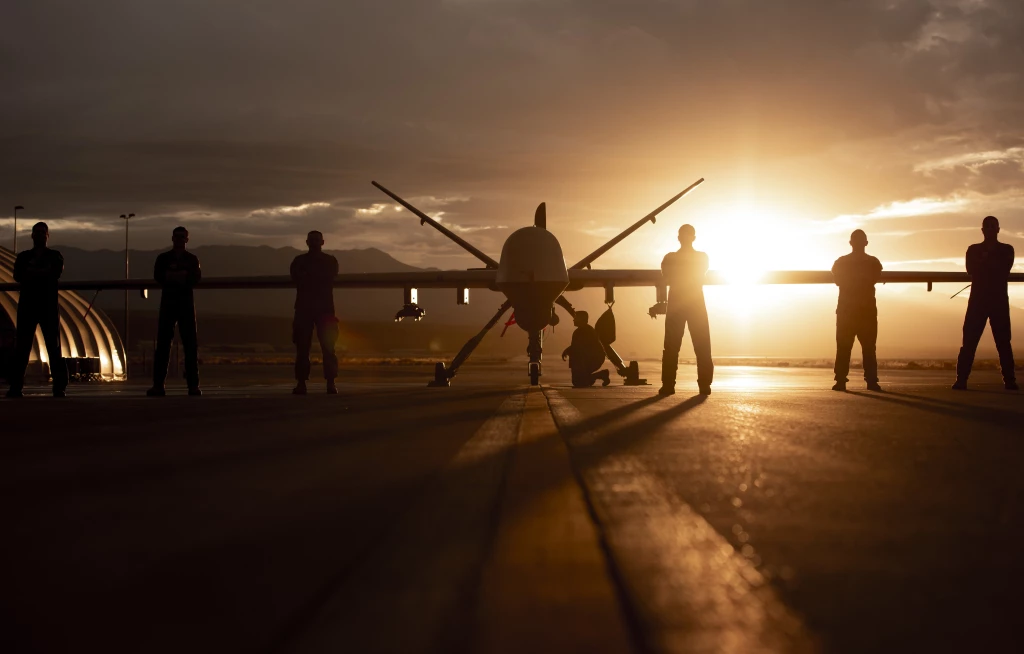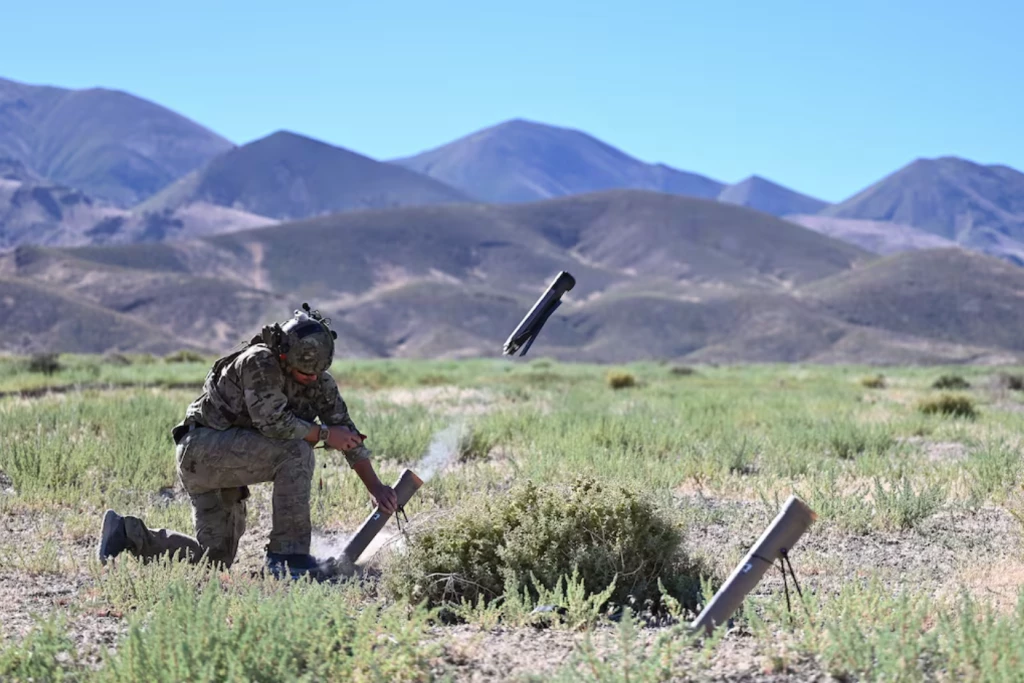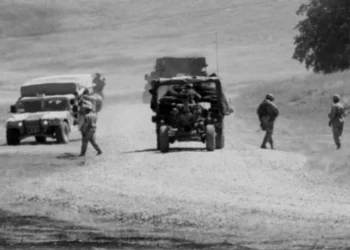5 Times the U.S. Military Has Used Video Games for Training and Readiness
Add bookmark
Force action and force development are two critical pillars to military success, with many militaries around the world focused on the latter due to its ability to increase efficiency and conserve resources.
In order to improve force development capabilities, militaries have turned to digital simulators, such as flight simulators, to improve Soldier readiness. According to Army Technology, the US Army plans to spend $26 billion on gamification and simulation training by 2028.
While the U.S. Army has recently planned to invest more in simulation training, for the past 40 years, commercial video games, particularly those focused on military or war-related themes, have been a form of simulator that some military leaders and educators believe can be used for military training.
Although the U.S. military has allegedly used video games for training purposes in the past, verifiable documentation is scarce. In this article we will look at reported cases where the US worked with video game companies to design training simulators, leveraged existing games to enhance soldier readiness, or developed video games as a recruiting tool.
For more on the latest in military simulation training technologies, be sure to register for IDGA’s Military Simulation Training Summit this February 25-26 in Orlando, Florida. This two-day event will showcase the evolution of simulation and simulated training across the military branches and NATO nations. Speakers will extensively explore interoperability, expansion, and implementation of military-simulated training.
The Bradley Trainer
One of the first uses of the US Military using a video game to assist in the training of personnel was the Bradley Trainer, an Army-commissioned version of the 1980 video game Battlezone. The Bradley Trainer was designed by Atari for the Army to use as targeting training for gunners on the Bradley Fighting Vehicle. Only two Bradley Trainer platforms were designed for the Army, and neither are in use today.
America’s Army
The most recognized use of video games by the US military is the game “America’s Army” which was created by the Army in the early 21st century. This first-person shooter game was used as a recruiting tool for the Army.
America’s Army allowed potential recruits to explore military life virtually and determine if joining the Army matched their interests and skills. The game launched on July 4, 2002, for PC and was later adapted for other platforms and public engagements, including at sporting events and amusement parks. Over 13 million users created accounts, which ultimately contributed to the Army’s public relations and recruitment efforts.
The game did face criticism for promoting the militarization of American culture and targeting young players. Others believed America’s Army trivialized real-life combat, especially conflicts in Iran and Afghanistan. These criticisms ultimately contributed to the game being taken offline in May 2022.
Despite the criticism, America’s Army represents a highly visible example of how video games could serve military purposes, specifically engaging potential recruits and familiarizing them with military life.
Full Spectrum Warrior
Full Spectrum Warrior (FSW) was originally developed by Pandemic Studios for the US Army in the early 2000’s. The game was created as a realistic military training tool, focusing on authentic soldier behavior and tactics. Unlike typical video games like Call of Duty that emphasize action and heroism, FSW prioritized intelligent tactics and squad-level strategy.
The game emerged from the US Army's desire to leverage entertainment and technology for training. It was developed under the supervision of military advisors, with designers visiting bases to observe real maneuvers. Key differences between FSW and commercial games included the avoidance of direct combat and realistic movement patterns. Rather than creating a typical shooter game, FSW emphasized squad leadership, where the objective was often to avoid combat and complete missions safely.
While it initially faced criticism from some military figures for its lack of complete accuracy, the game became widely recognized for its research value and was later adapted to assess post-traumatic stress disorder (PTSD) in soldiers returning from war. FSW helped bridge the gap between military training simulations and commercial gaming, showing the potential of video games as serious training tools.
Video games during the Covid-19 pandemic
Like many stuck at home during the Covid pandemic, Soldiers frequently turned to online gaming to not only stay connected with their peers but remain ready whilst social distancing.
During the pandemic, Soldiers from D Troop, 6th Squadron, 9th Cavalry Regiment played games that allowed them to train on key tasks such as maneuver formations and tactical decision-making.
The Soldiers participated in structured sessions where they were briefed by their section leaders, read from training manuals, and conducted rehearsals. These training sessions were conducted in the game environment, followed by after-action reviews to discuss lessons learned. The interactive nature of the training encouraged more feedback and collaboration among the soldiers, allowing them to view situations from different perspectives.
Despite the limitations of online games, such as the absence of advanced simulators used by the Army, this method helped younger soldiers understand the fundamentals of their roles and the broader tactical decisions made by their leaders. It also allowed for tactical exercises like platoon vs. platoon battles, which helped maintain crew-level proficiency and kept the soldiers engaged while in isolation. The combination of training and social interaction proved valuable for maintaining readiness during the pandemic.
Embracing esports
Another indication the US Armed Services see the value of commercial video games is the introduction of esports teams in each branch of the military. Starting in 2022 the DoD has hosted an annual Armed Forces Championship that features active duty members from the Army, Marine Corps, Navy, Air Force, Space Force, and Coast Guard.
The Army was the first branch to launch an esports program in 2018, followed by the Navy. The Army and Navy use their esports programs to connect with younger audiences and dispel misconceptions about military life, making recruitment efforts more relatable. Meanwhile, the Air Force's gaming program focuses on morale, offering a community where members can bond through shared interests.
Esports competitions such as the Armed Forces Championship also help promote tech skills, particularly in STEM fields, and demonstrate how the military can attract tech-savvy individuals.
These programs offer a unique way to engage service members, aligning with the military's goals of fostering community, enhancing mental health, and supporting retention.




